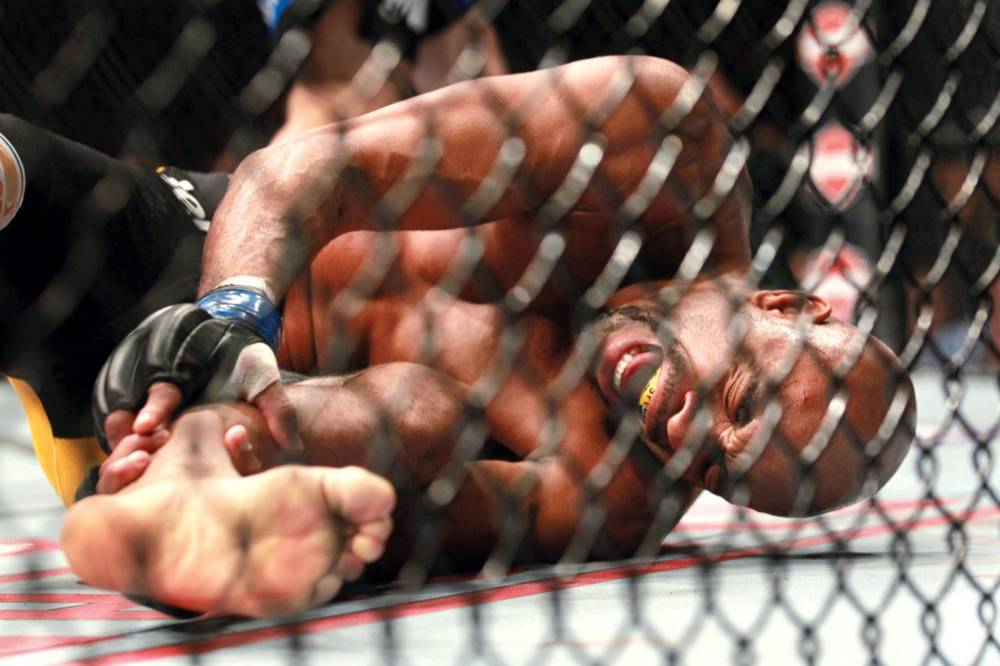I was 2,566 miles away in Mexico, but my eyes were fixed on a 4-by-2-inch slice of Las Vegas. On my iPhone screen, a grainy Anderson Silva kicked at UFC defending middleweight champion Chris Weidman in slow motion. As shin met shin Silva’s lower left leg snapped dramatically, his foot and ankle beginning a sickening swing that immediately indicated the gravity of the blow. “Oh my goodness. Oh my goodness,” the announcer said over the roar of the crowd. I gasped, winced and turned away—then I played the video again.
Thinking about it later, I couldn’t explain why I kept rewatching those gruesome 16 seconds. Perhaps it’s the same reason we slow down to look at roadside car accidents, watch graphic news videos and why sharks get their own dedicated week on TV. UNLV assistant professor of psychology Stephen Benning has measured the emotional response to scenes of gore and mutilation by looking at two reflexes that assess how threatened or pleased people feel. But those responses aren’t mutually exclusive. Benning says some study participants had larger responses from both reflexes during bloody pictures than neutral ones, “suggesting these kinds of scenes have a unique push-pull. It may be the case that these kinds of scenes repulse us because they indicate that a threat to our basic survival may be lurking about, but they also draw our attention and compel us to provide care to those who are hurt,” Benning says. He adds that his research doesn’t show a link between psychopathic traits and that pleased reflex firing during pictures of mutilation. Maybe I’ll play that Silva video just one more time ...







